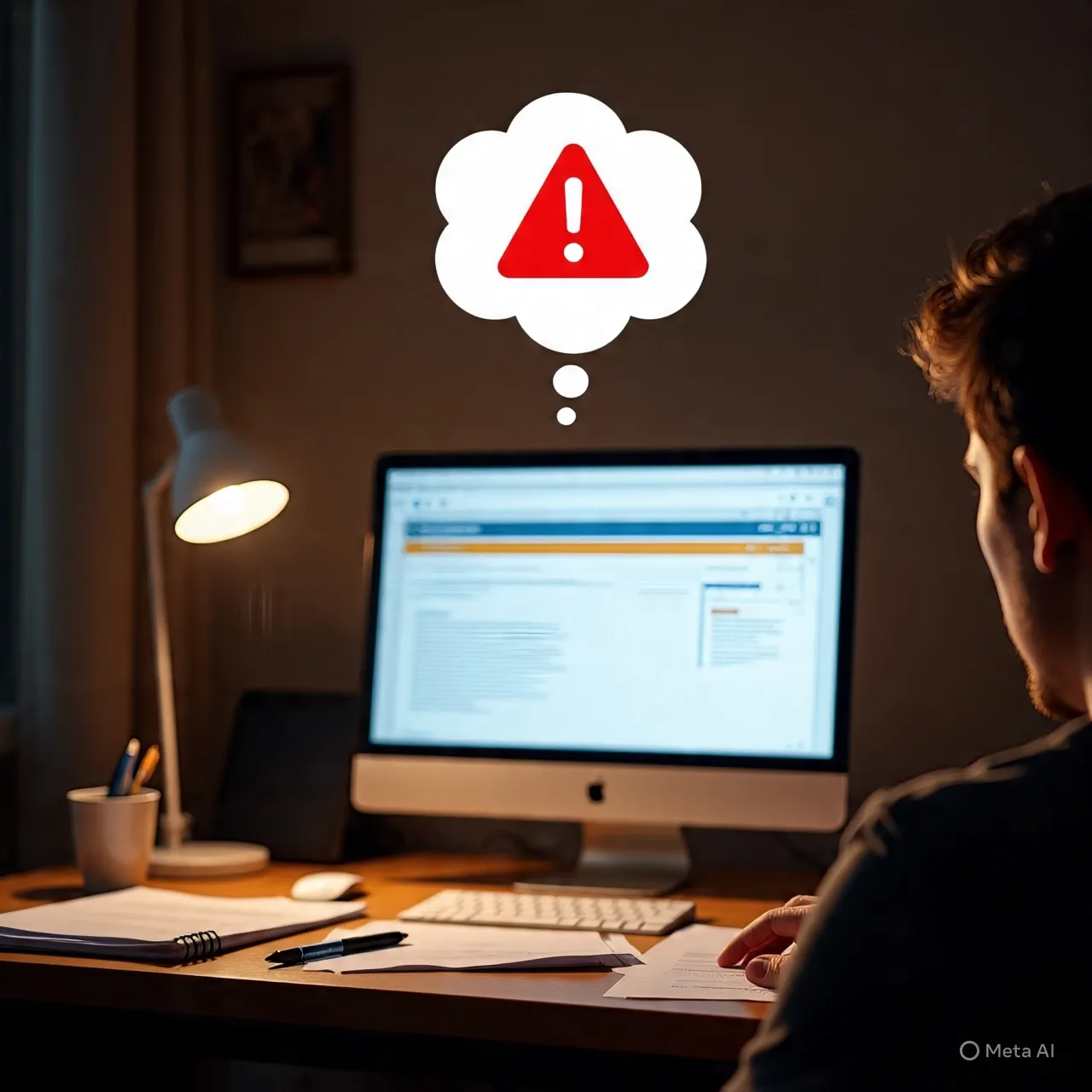
The cryptocurrency space is growing every day with a new coin, company, investors, and creators entering every day. However, with that faster growth will come a greater risk of loss for new users to the space. When you enter a new space for the first time, the likelihood of becoming a victim of various cybercrimes, scams, and hacks is relatively high. I hope to leave you with a better understanding of some of these scams as well as help you design your own approaches to avoid falling into their traps.
Some of the Scams Related to Crypto, and Ways to Prevent Them
Most of the scam cases in crypto occur on layer 2 chains, with never-seen-before scamming projects and tokens made almost daily. It is not easy for a newcomer to crypto, or one who doesn't have a computer science or technical background, to recognize these threats. Below are some potential scams to be aware of.
Wallet Hack Scams
This common scam works in a simple but dangerous way:
- Random tokens appear in your wallet without your permission
- The token itself may be harmful or lead you to dangerous websites
- Scammers often use legitimate-sounding names like "BNBswap.io"
- If you interact with the token, your wallet becomes compromised
- After a week or two, the scam token disappears along with your other assets
- Any tokens you trade using the same wallet will be lost
Hidden Fee Scams
These scams are particularly deceptive:
- Scammers airdrop tokens into your wallet
- They convince you to claim the dropped offer through swapping or transferring
- Each interaction includes massive hidden fees
- Scammers collect these fees before disappearing
- You only discover the truth when trying to swap back to your main token
New Token/Fake ICO Scams
This common presale rug pull affects many investors:
- Scammers create fake token projects
- They build hype during an ICO or presale
- Once the presale ends, no tokens are distributed
- The scammer takes off with investors' money
- Victims are left with zero value
Spotting Suspicious Tokens
Warning Signs
Free token offers should raise immediate concerns. Remember:
- Big money doesn't come free, even in digital currency
- Be suspicious of large free airdrop offers
- Watch for requests requiring swaps, token exchanges, or wallet access
Common Scam Characteristics
Fraudulent projects often share these traits:
- Anonymous teams
- No links to established exchanges
- Missing audit reports
- Vague project descriptions
- Inactive social accounts
- Unusually generous offers
- Hidden contract source codes
- Large number of holders without applications
Safeguard Strategies
Avoidance of Suspicious Coins
To avoid becoming a victim:
- Ignore unexpected token offers
- Never grant wallet permissions
- Avoid clicking suspicious links
- Hide or delete unknown tokens
- Create new wallets if compromised
Security Tools
Protect yourself using these resources:
- BscScan
- Allowance.beefy.finance
- Revoke.cash
- AegisWeb3 chrome extension
- Laser.Desk contract scanner
Laser.Desk offers particularly helpful features:
- Contract scanning capabilities
- Scam project identification
- Clear guidance for disconnecting from suspicious sites
- Step-by-step protection measures
Emergency Actions
If you've granted permissions to suspicious tokens:
- Revoke permissions immediately using the tools listed above
- Set up a new wallet if your seed phrase might be compromised
- Transfer all assets to the new secure wallet
Final Thoughts
The crypto space continues to see rising numbers of scam tokens and projects. Unfortunately, airdrop scams keep increasing in a vicious cycle. New cryptocurrency users, particularly air droppers, often find themselves ignorant of the scam methods and sadly repeat such mistakes many times.
The best protection is continuous education and vigilance. Prepare yourself to learn about new methods of scamming, and keep updated about security best practices so you do not become another statistic of a scammer.
Keep this in mind: How safe you are in the crypto space rests on what you know & how wise you are. If not sure about a token, don't touch it. Always put in the right safety tools.